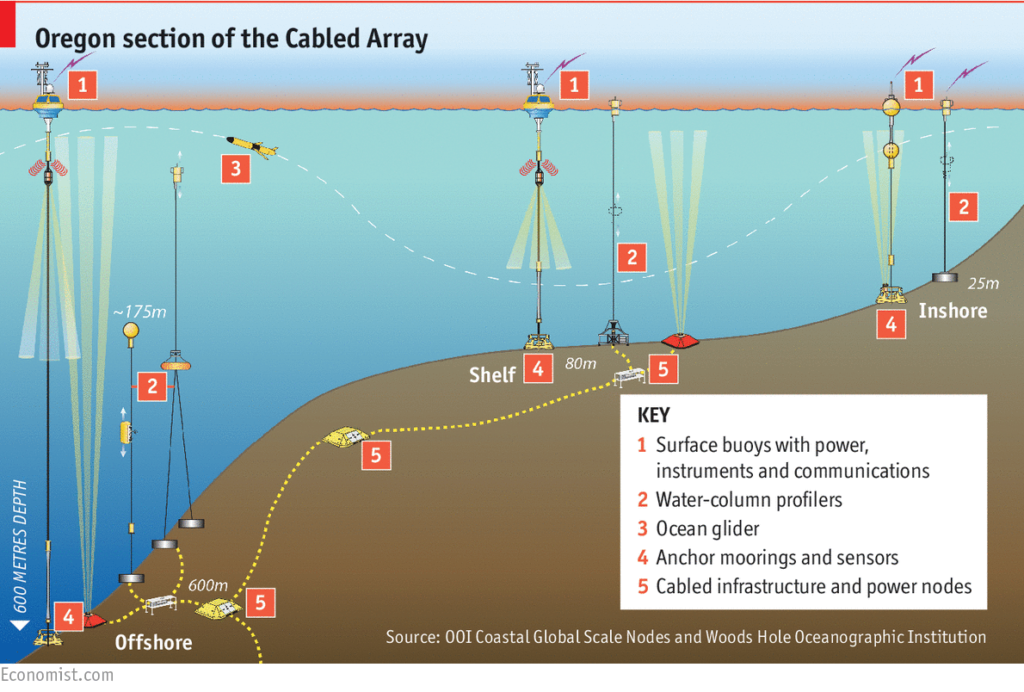
#Fun
#GeoawesomeQuiz 15
Welcome to our GeoawesomeQuiz number 15! Join thousands of Geo Geeks from all around the world who test their Geo-knowledge every week. Every Friday we publish a new test. We don’t promise it will be easy:). Remember to share your results on Facebook or Twitter!
[mlw_quizmaster quiz=15]

#Fun
#Contributing Writers
#Featured
#Fun
#Ideas
#People
Share Your Insights: Geoawesomeness is Looking for Contributing Writers
#Featured
#Fun
#Ideas
The Geo Geek Gift Guide: 10 Christmas ideas for the geo geek in your life
#Fun
#Science
Change Detection with LiDAR Data





